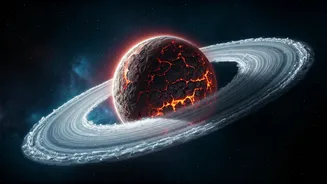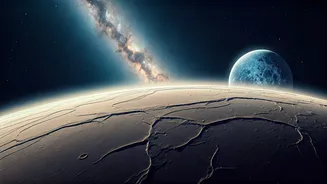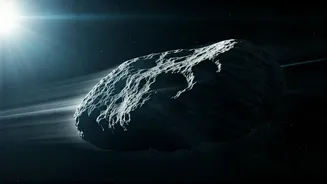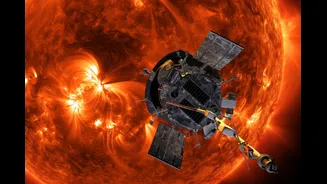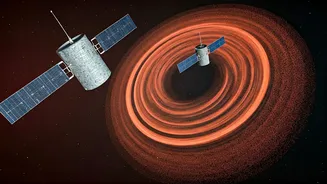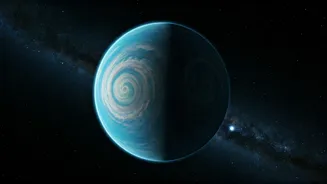Water Creation Discovery
The conventional understanding of how planets obtain water is being challenged. Traditionally, it was believed that water on planets originated from external
sources, like asteroid impacts. However, emerging research indicates that planets might be able to create water internally, during the planet-formation process. This internal generation of water significantly changes our understanding of the prerequisites for habitability. If planets can produce their own water, then the conditions needed for life could be much more widespread throughout the cosmos than previously imagined.
Formation Process Details
The research focuses on the conditions present during planetary formation within protoplanetary disks, the swirling clouds of gas and dust surrounding young stars. Within these disks, hydrogen and oxygen, key components of water, are abundant. The scientists theorize that high temperatures and pressures during the initial stages of a planet’s formation could drive chemical reactions, causing hydrogen and oxygen to bond and form water molecules directly. The precise mechanisms behind this internal water creation are complex and involve the interplay of various factors, including the composition of the protoplanetary disk, the planet's size, and the temperature gradients. These findings may also impact how astronomers determine what kind of telescopes and methods to use when observing exoplanets.
Implications for Habitability
The implications of internal water generation for the search for habitable planets are profound. If planets can produce water from within, the classic requirements for habitability are updated. It would suggest that a planet doesn't necessarily need to be in a specific location within its solar system, like the habitable zone. These findings extend the search radius for life beyond what was believed to be possible. Planets that initially formed dry could potentially develop the capacity to support liquid water over time, broadening the possibility that life could exist in places previously thought to be inhospitable. This concept broadens the locations we can search for extraterrestrial life, suggesting that more planets could potentially support life than previously considered.
Future Research Directions
Future research will likely concentrate on refining our understanding of how this internal water creation process works. Scientists intend to run simulations to model how water forms inside planets under the temperatures and pressures of various environments. They will analyze the composition of protoplanetary disks to determine the availability of the elements required for water formation. Observational studies will investigate the water content of exoplanets in more detail. This research could involve using advanced telescopes to detect the atmospheric water signatures on distant planets. The study of the chemical and physical processes during planetary formation remains ongoing to better understand how common internal water creation might be throughout the galaxy.
Impact on Astronomy
This research could have a significant impact on how astronomers choose to study exoplanets. The discovery of internal water creation would suggest that astronomers should consider a broader array of planetary characteristics when searching for life beyond Earth. They might have to modify existing models used to predict habitability. These models currently rely heavily on the location of a planet in its star system. The shift in perspective requires researchers to look at the internal composition of planets and the conditions that might trigger water formation. The new information could affect the construction and deployment of new telescopes designed to search for habitable planets. These telescopes would need to be able to detect the presence of water in a variety of exoplanetary environments, not just those around stars with suitable planetary conditions.
